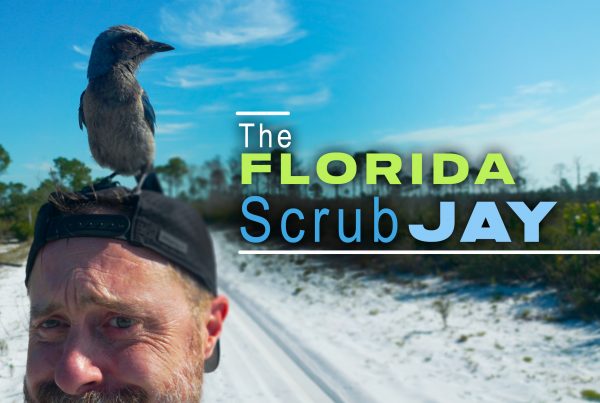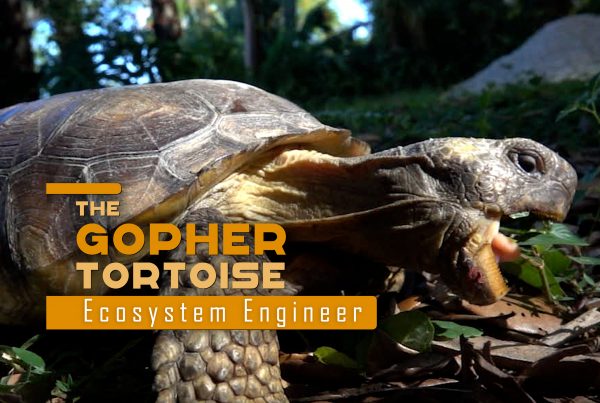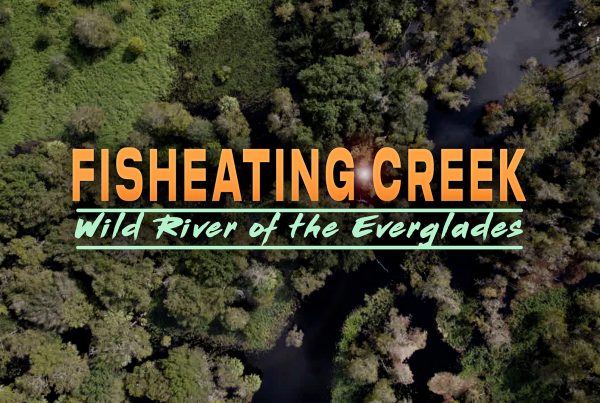Take a peek inside the amazing and amazingly important world of the seagrass habitat!
Seagrasses are aquatic, flowering plants. They’re autotrophs and primary producers. This means they do best in clear, shallow waters. Discuss how these water conditions benefit the growth of these flowering plants?
What do you think would happen to seagrass communities if the water became turbid (cloudy with sediment and pollution)? Do you think this would have a cascading effect on other species that rely on seagrass for food and habitat, if so, what would that look like?
The Seagrass Habitat
Blanketing much of the floor of Biscayne Bay and Florida Bay are vast carpets of seagrass. Like mangroves, seagrasses are flowering plants. Unlike mangroves, they live completely submerged.
Surprisingly, seagrass flowers are pollinated underwater.
In Biscayne Bay and Florida Bay there are seven species of seagrass. Turtle grass, with its broad, flat blades, is the most abundant species. Next is shoal grass with its narrow blades. Shoal grass is sometimes mixed in with turtle grass, and so is manatee grass which is a favorite food of manatees. The blades of this grass are round rather that flat.
Seagrasses and other marine plants grow in clear, shallow waters where they can easily capture the sun’s energy for photosynthesis. These autotrophs are the base of the food chain for a diverse world of consumers that depend on them for both food and hiding places. However, nutrient runoff from the land can cause algae blooms that block the sun’s rays. Entire seagrass meadows can be killed by polluted waters, and unfortunately seagrasses are in decline around the world.
Seagrasses thrive in soft, muddy soils. Their network of roots helps to stabilize the soils, preventing erosion during storms. The dense forests of blades act as a filter, trapping sediment that might be damaging to sensitive coral reefs further from the coast. As the seagrass filters particles from the water, it builds up the soil and provides nutrients for the plants.
Seagrases are one of our biggest defenders against climate change, because seagrasses sequester, or store, carbon. Carbon dioxide is one of the main greenhouse gasses driving global warming. The more seagrass plants there are locking carbon up in their tissues, the less carbon there is in the atmosphere. In fact, a seagrass meadow stores more carbon per acre than a forest of tall trees!
As with the mangrove fringe, the seagrass community is an important nursery ground for marine species. Some will graduate to the coral reef habitat or the open ocean beyond. In the meantime, predators await them. Others may live their entire lives in the seagrass community. The leaves of seagrasses are food for many of the primary consumers of the sea. Animals of every major phylum swim through or creep over the grasses feeding as they go. Some rest on or burrow into the soft mud. Seagrasses may not be the most exciting things to look at, but they create a place where a great diversity of animals can live and reproduce. You have to look closely to see everything that is going on in this hidden world.




